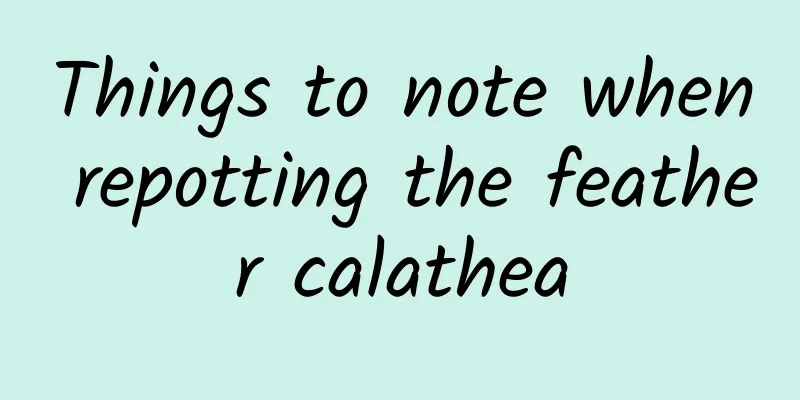Breeding methods and precautions of yellow cicada

How to breed yellow cicadaWateringYellow cicadas prefer high temperature and high humidity, so the soil should always be kept moist, especially from spring to autumn, when sufficient water should be maintained. Water should be controlled during the dormant period. If the plant is frostbitten, the amount of watering should be moderate, because it is difficult for plants in the recovery period to absorb nutrients. If you water too much, the plant will not be able to absorb it, and it will cause its roots to rot. temperatureThe yellow cicada is not cold-resistant and avoids frost. The minimum temperature in winter should be kept above 15℃. If the temperature remains low for a long time at 5-6℃, the branches and leaves will be damaged. soilYellow cicadas prefer fertile, well-drained soil, so peat soil or leaf mold should be used for potting. illuminationThe yellow canary is a strong light-loving plant and can survive in a semi-shaded environment, but it must be exposed to sunlight for at least 5 hours a day. FertilizationWhen planting yellow candied ivy, apply well-rotted cake fertilizer or garbage as base fertilizer. Apply compound fertilizer once before flowering in spring and during the peak flowering period in summer, which can promote more flowering and prolong the flowering time. During the growing season of the yellow cicada, fertilize once every 20 days to promote vigorous branches and continuous flowering. If the plant is frostbitten, stop fertilizing. Precautions for breeding yellow cicadaMaintain light intensityTo provide the yellow cicada with sufficient light, it is best to move it to outdoor sunlight in summer and place it indoors in direct sunlight in winter. Pay attention to the soil matrix when plantingThe yellow cicada prefers fertile and moist sandy loam to grow. It grows poorly in heavy clay soil and avoids waterlogging and saline-alkali land. Less watering in winterAlthough Huangchan prefers fertile and moist soil, the frequency of watering should be reduced appropriately in winter to keep the soil slightly moist. Controlling ambient temperature in summer and winterThe suitable temperature for the growth of yellow cicada is 18-30℃, and it can also grow normally above 35℃. The suitable temperature during the winter dormancy period is 12-15℃, and it cannot be lower than 10℃. If it is below 5℃, the plant will suffer from frost damage. |
<<: Cultivation methods and precautions of Piaoxiang vine
Recommend
Things to note when repotting Podocarpus: methods and seasons for changing soil and pots
Things to note when repotting Podocarpus Podocarp...
Can rice water be used to water spider plants?
1. Can be poured Rice water can be used to water ...
Why are there few cherries?
The reason why cherries have few fruits The reaso...
Tobacco growing conditions and characteristics
Tobacco growing conditions Tobacco is suitable fo...
What to do if the lucky money is not red
Proper pruning The lucky charm plant usually only...
Lip flower cultivation methods and precautions
1. Maintenance methods 1. Substrate selection: It...
Cultivation methods and precautions of white rib amaryllis
White rib amaryllis is very easy to grow. It has ...
When is the best time to plant strawberries?
Transplanting of strawberries is usually schedule...
Rose management methods in spring
Rose management methods in spring Adapting to cha...
How to propagate the succulent Lover's Tears and what to pay attention to
How to breed succulent lover's tears The ways...
How to deal with Anemone bulbs
Anemone bulb processing steps Soaking cleaning Th...
Can red safflower be hydroponically cultivated? How to hydroponically cultivate red safflower
Can red sedge be hydroponically cultivated? Red s...
If you place these kinds of flowers on your balcony, the fragrance will fill your nose as soon as you open the window, and all the odors will disappear!
Gardenia Gardenia has shiny leaves that remain gr...
Requirements of climate and temperature for growing Wogan
Requirements for planting Wogan Wogan has a certa...
How to prune agave
1. How to trim Agave itself is a plant that grows...









